#VOLCANOES
Explore tagged Tumblr posts
Text
Italy's Phlegraean Fields is a hotspot of volcanic activity—an ever-shifting landscape pocketed with acidic hot springs. This huge caldera is a part of the Campanian volcanic arc, which includes Mount Vesuvius, whose eruption wiped out the Roman city of Pompeii in 79 C.E. Yet, despite the hostile and scalding conditions of this environment, some microorganisms thrive. Researchers at Michigan State University are taking notice, hoping to uncover new information about how a particular alga survives in such extreme conditions. In a paper published in Plant Physiology, researchers in the MSU-DOE Plant Research Laboratory and the Walker lab—in collaboration with the Shachar-Hill lab of the Department of Plant Biology—are studying Cyanidioschyzon merolae, or C. merolae, and its unique ability to photosynthesize its own food. Understanding how C. merolae operates in such extreme conditions can help scientists better extrapolate—or improve upon—the process of photosynthesis, a function vital to all life on Earth.
Continue Reading.
#Science#Plants#Biology#Microbiology#Molecular Biology#Volcanoes#Algae#Cyanidioschyzon Merolae#C. Merolae
45 notes
·
View notes
Text

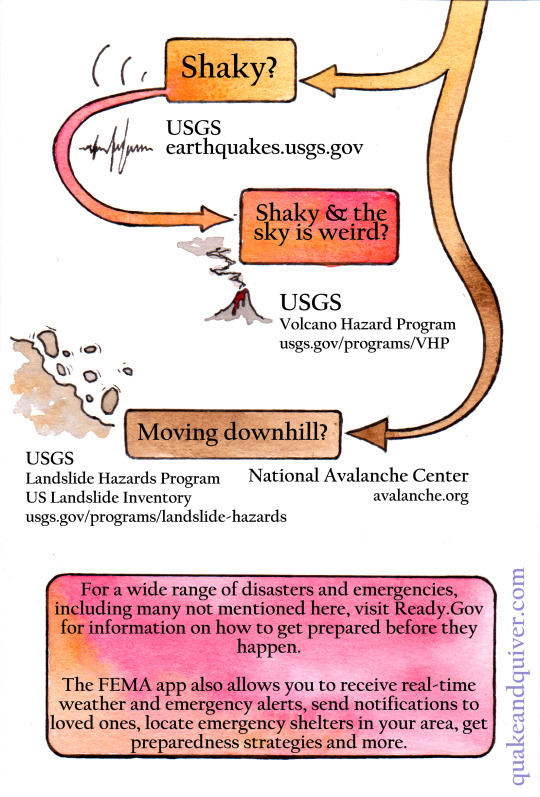
Noticed something a little funky in the world around you and want to figure out what's up? Especially if there might be something you ought to be doing about it? Not sure what information sources to trust these days? If you're in the US, federal agencies like NOAA, USGS, EPA and more collect massive amounts of scientific data every day, much of which is publicly available online - if you know where to look.
A PDF version with clickable links is available for free on my itchio page (quakeandquiver); I'll add a direct link in a reblog.
#wildfires#earthquakes#volcanoes#flooding#natural hazards#disasters#sketchpad#risk comm#environment#disaster preparedness#federal government#federal resources#get your taxpayer dollars' worth
33K notes
·
View notes
Text

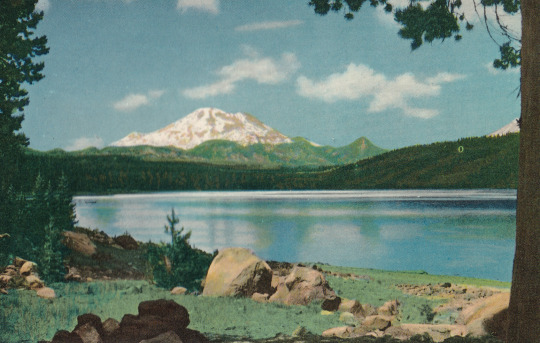

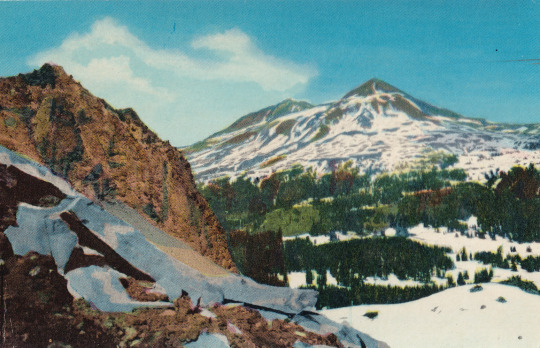
chrome postcards of the three sisters in central oregon ca. 1950s-60s
#postcard#postcards#volcanoes#three sisters#oregon#pnw#1950s#1960s#btw oregon photographer clarence christian took pics one two and four!#he hand-colored them from his B&W negatives
4K notes
·
View notes
Text





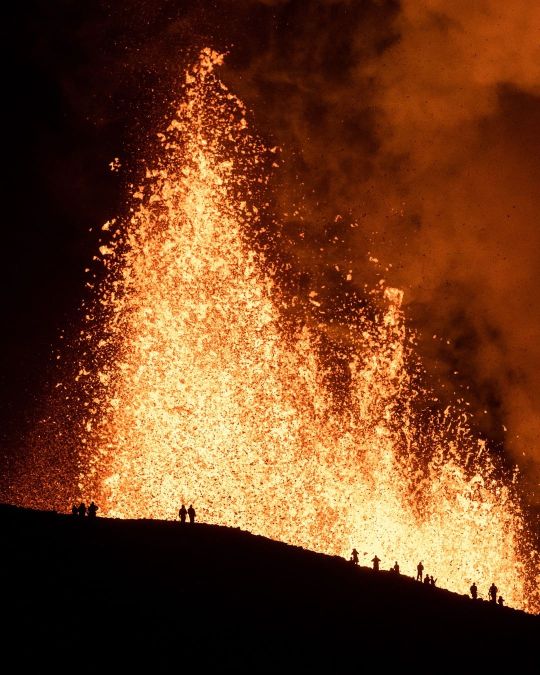
Fagradalsfjall, Icaland 2021 l jvn.photo
#iceland#volcano#volcanic eruption#photography#photos#nature#volcanic ash#volcanoes#lava#magma#earth#fagradalsfjall#planets
7K notes
·
View notes
Text
OK Maybe I'm too much of a scientist or something but like... where did the stereotype that volcanoes are a prehistoric thing come from? Different time periods have different levels of volcanism, but like, the Mesozoic wasn't particularly high or anything, frankly, a lot of volcanic activity that still affects us today was in the Eocene, 10 million years after the Mesozoic ended... where did this "Dinosaurs fight in front of volcanoes" Trope even come from like what there are still volcanoes today y'all know that right
11K notes
·
View notes
Text
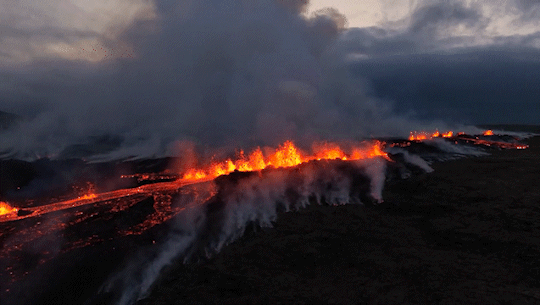

Incredible New Drone Footage Flies Over the Latest Eruption of Iceland’s Fagradalsfjall Volcano
13K notes
·
View notes
Photo

~ Purple and Red ~
1K notes
·
View notes
Text

Volcano scientists on Kamchatka, Far East of Russia (1973)
985 notes
·
View notes
Text
" Explosiones impresionantes " // © Axel Chavarría
© Original Audio
#Volcán de Fuego#Guatemala#nature#landscape#Volcano#eruption#lava#mountain#volcanoes#photography#aesthetics#wanderlust#explore#follow#discover
954 notes
·
View notes
Text
Volcanoes were still erupting on the moon when dinosaurs roamed Earth, new research suggests. The evidence: three tiny glass beads plucked from the surface of the moon and brought to Earth in 2020 by a Chinese spacecraft. Their chemical makeup indicates that there were active lunar volcanoes until about 120 million years ago, much more recent than scientists thought. An earlier analysis of the rock samples from the Chang'e 5 mission had suggested volcanoes petered out 2 billion years ago. Previous estimates stretched back to 4 billion years ago. The research was published Thursday in the journal Science.
Continue Reading.
1K notes
·
View notes
Text

Eruption of Mount Vesuvius (1796) by Michael Wutky
#michael wutky#art#mount vesuvius#eruption#vesuvio#vesuvius#volcano#volcanoes#volcanic eruption#lava#europe#european#italy#southern italy#history#landscape#clouds#volcanic eruptions
595 notes
·
View notes
Text

Research alert! A new study, led by scientists from the Museum and the City University of New York, on the eruption of the Cumbre Vieja volcano in Spain’s Canary Islands suggests that on-the-ground volcanic ash studies could be used as a near-real-time monitoring and forecasting tool.
Cumbre Vieja had been dormant for 50 years when it started erupting in the fall of 2021. Samantha Tramontano, a Kathryn W. Davis Postdoctoral Fellow at the Museum and a faculty member in the Master of Arts in Teaching program, was a student at CUNY at the time and had the rare chance to implement a system to collect the volcanic ash produced by the eruption along with her advisor, CUNY’s Marc-Antoine Longpré. For three months in 2021, a team from the Museum, CUNY, and Spanish geologic agencies collected falling ash in buckets and carefully labeled the daily samples for future chemical analysis. The samples were sent back to the Museum for study with an electron microprobe.
The research team, which published their work in the journal Nature Geoscience last week, is the first to capture daily changes in melt chemistry at an active volcano. Read about their findings in our latest blog post.
#science#amnh#museum#nature#natural history#fact of the day#did you know#research#stem#volcanoes#volcano#geology#volcanology#earth science#canary islands#spain
252 notes
·
View notes
Photo

The Rip in the World
“At one point, we paused to take in the site of the 2021 eruption: a cooled lava sheet extending nearly to the horizon. Far in the distance, well beyond the marked trail, a few hikers took wide, delicate steps across the jagged basalt. Old lava is brittle; it tends to form hollow tubes, the insides of which can remain somewhat molten for months. Absentmindedly, our guide told us about an acquaintance of hers, a geologist, who once stepped on a section of lava he thought entirely cooled, only for his legs to break through the crust into the hot bubble below. She even described the smell. Then we were off walking again, keeping strictly to the trail.”
As Jonah Walters recounts visiting Iceland to witness volcanic activity and his move to an earthquake-prone region of the United States, he wonders why humans are attracted to disaster. Check out The Rip in the World.
#longreads#volcanoes#Iceland#San Francisco#seismology#volcanology#personal essay#earthquakes#Icelandic literature
306 notes
·
View notes
Text

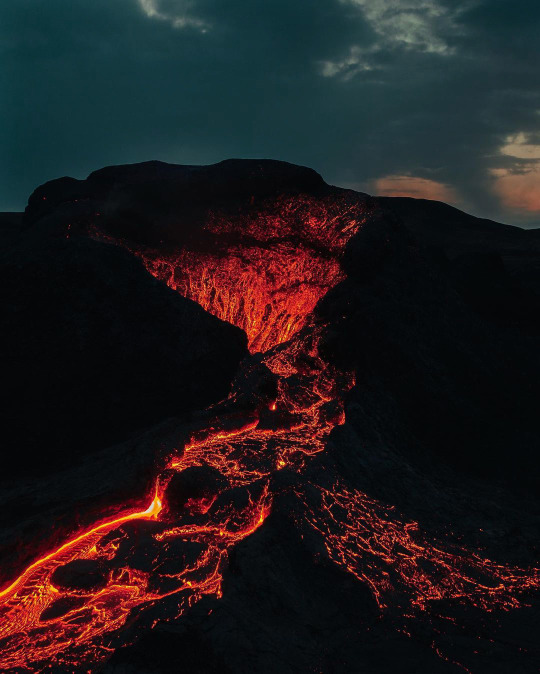
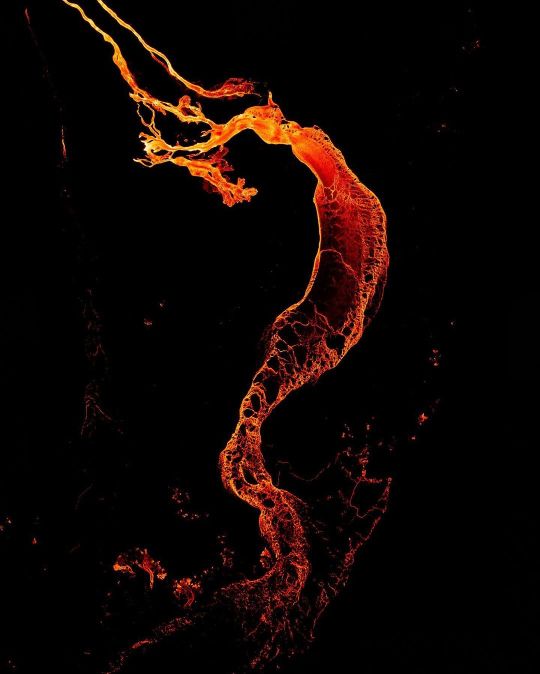
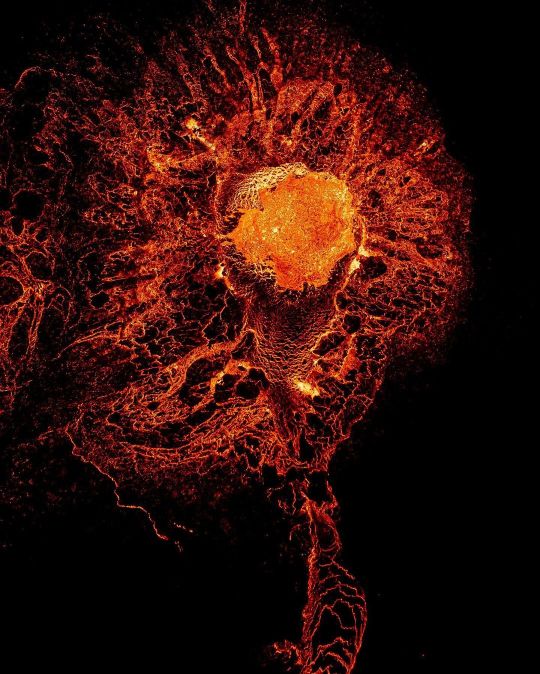

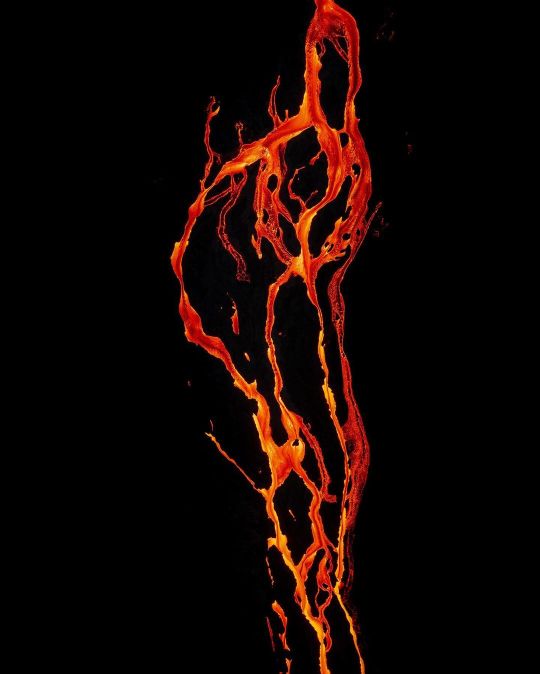
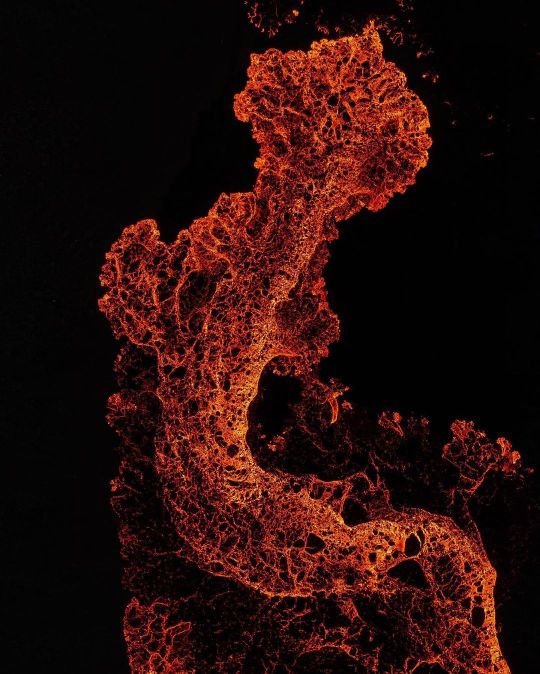
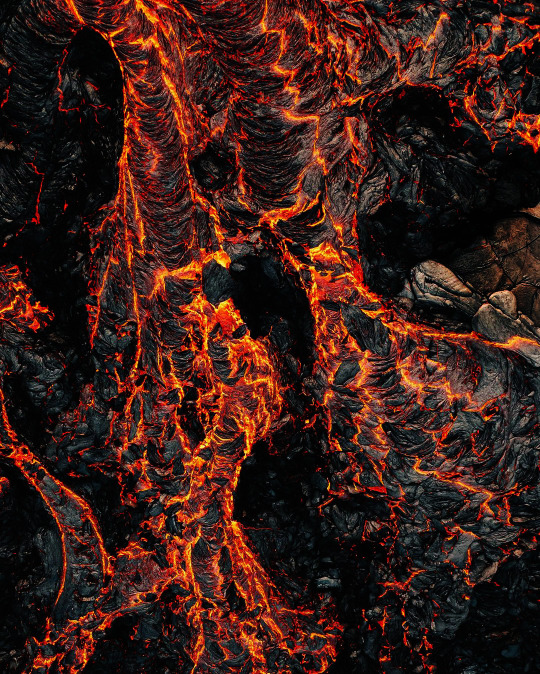
Lava Rivers l bsteinbekk l Iceland
#iceland#volcano#volcanic eruption#lava#earth#nature#volcanic ash#active volcano#volcanoes#fagradalsfjall#photography#ash
6K notes
·
View notes
